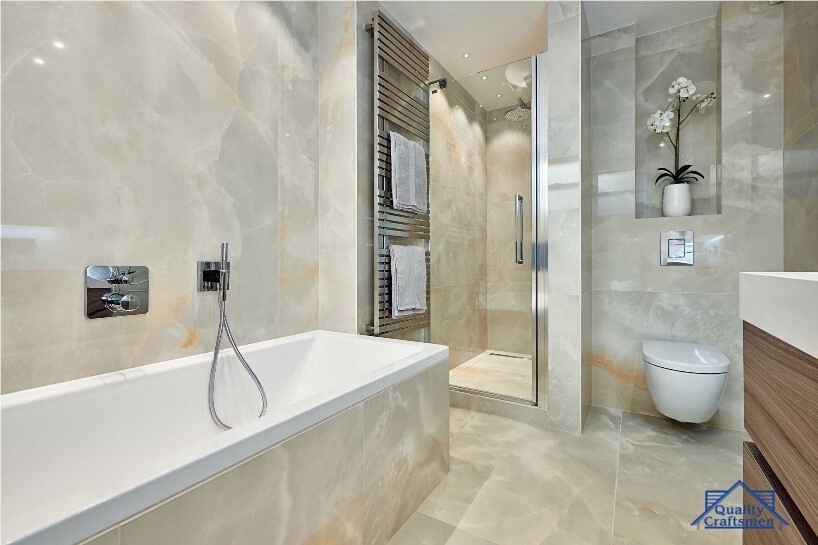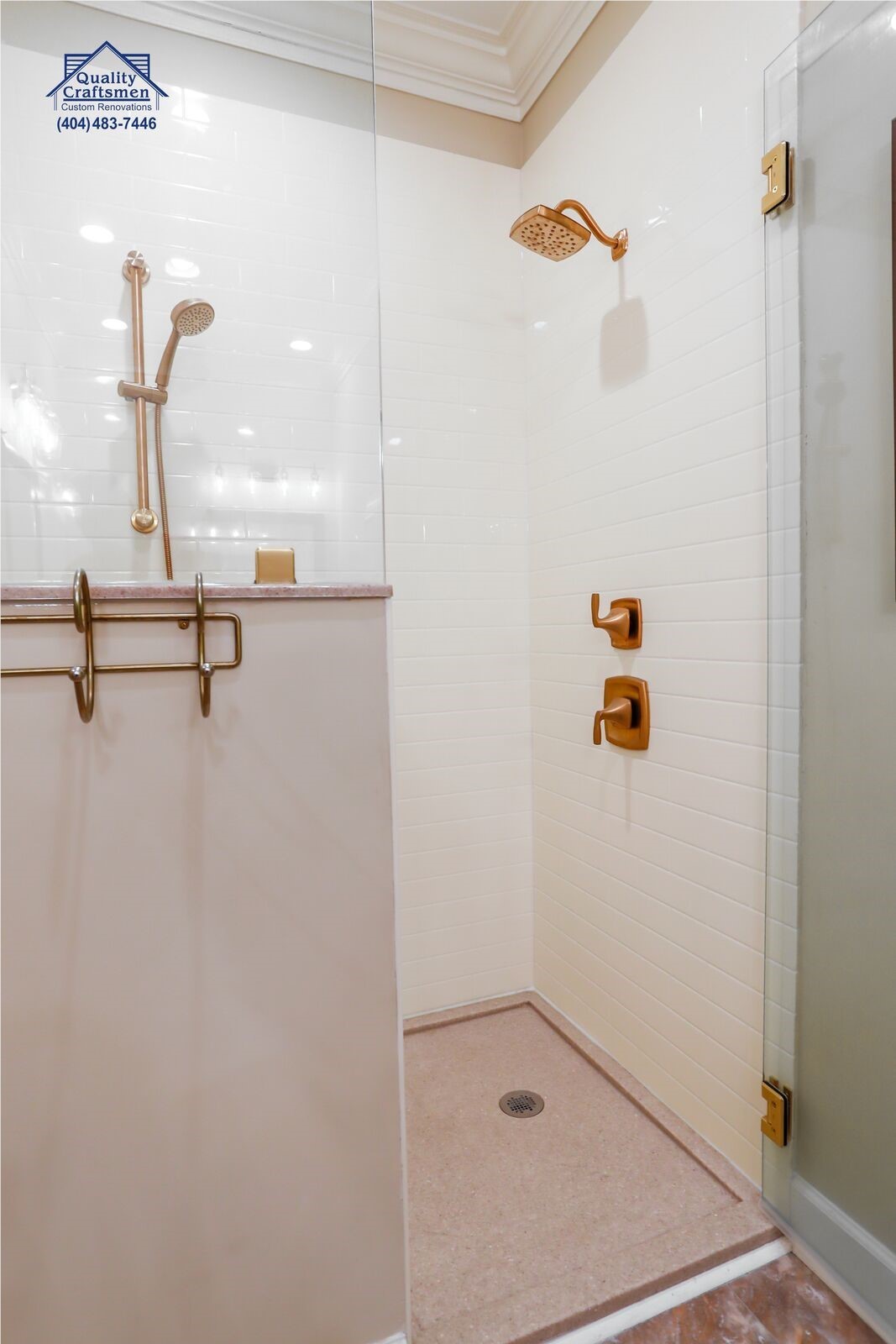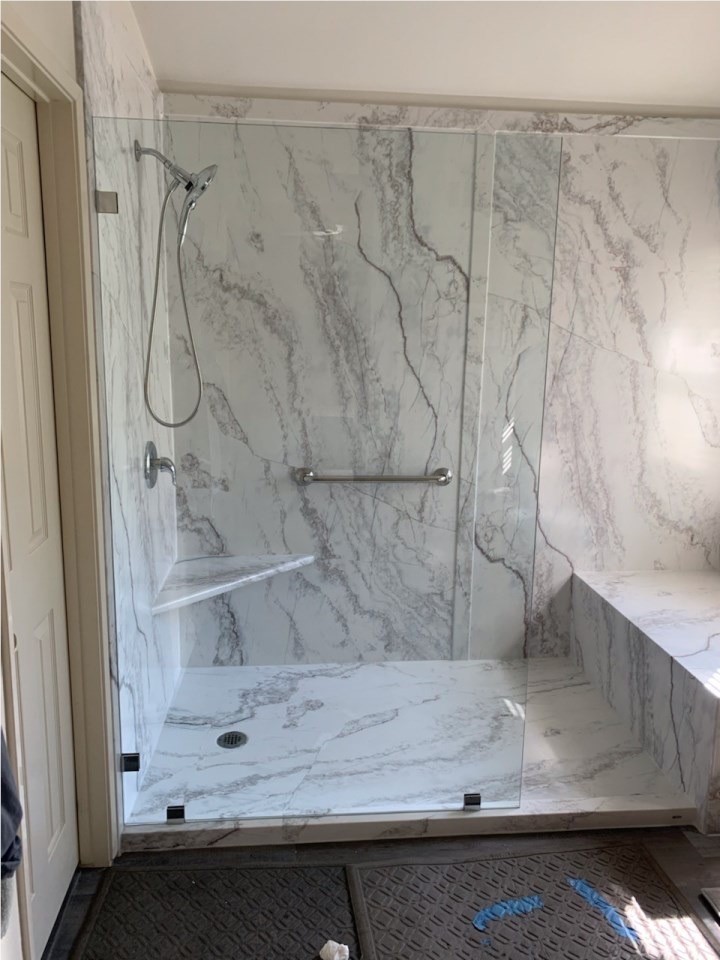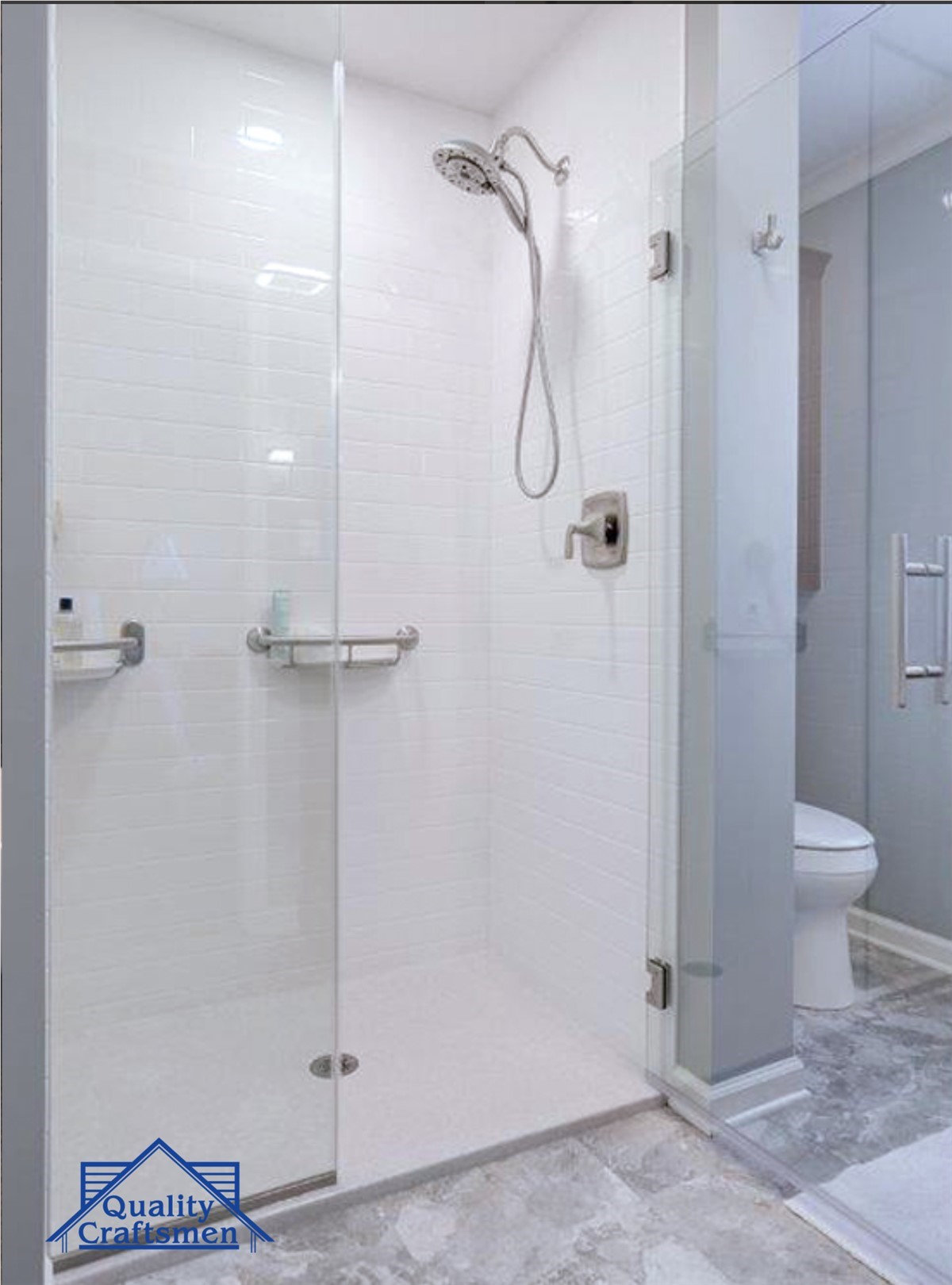One key consideration for “aging in place” renovations and other remodel projects designed to enable independent living is the flooring. The right type of floors can help those with mobility concerns get around much more easily and confidently – and if a fall does happen, then softer, springier flooring materials can help avoid the risk of serious or life-threatening injuries.
What does that flooring look like? Seniors have several options: Let’s go over the most popular choices!
Carpet
Carpet offers various thickness and material options, and thicker carpets can provide some cushioning against falls to lessen their impact. Installers can also add a carpet pad beneath the carpet specifically designed for extra cushioning, which is even more effective in potentially reducing fall injuries. It’s also comfy and comes with many styles and design options!
On the downside, some types of mobility aids don’t work very well on carpeted surfaces, especially if the carpet is thick. Carpets can also stain easily and are harder to clean than other surfaces when they get dirty. Allergen build-up may be a concern in some cases.
Tile Flooring (Cork)
Tile flooring tends to be made of ceramic or stone materials, which doesn’t seem like a great material for seniors. However, there are alternatives, and one of the best is cork. Cork tile is environmentally friendly and much springier than other hard floor types, providing a combination of support and extra give in case of a fall. It’s also easy to clean and doesn’t damper mobility aids the way some materials can.
The notable downside of cork tile, or any cork flooring material, is that it is more susceptible to damage than harder materials and could be punctured or scratched over time. Water damage can also be an issue.
Vinyl/Linoleum
While vinyl and linoleum are different materials, in this case, their benefits for aging in place are largely the same. They are incredibly easy to clean and manage while also being very durable. Their smooth surfaces are very friendly for mobility aids as well. When it comes to vinyl in particular, in recent years luxury vinyl plank (LVP) has become a very popular type of flooring. There are more and more styles of LVP available that are made to resemble wood flooring, tile flooring, and natural stone.
Carpet offers various thickness and material options, and thicker carpets can provide some cushioning against falls to lessen their impact. Installers can also add a carpet pad beneath the carpet specifically designed for extra cushioning, which is even more effective in potentially reducing fall injuries.
Flooring to Avoid
Aging in place remodels should avoid flooring that requires more long-term maintenance and can be more difficult for those with mobility concerns to navigate. That means the natural stone is at the top of the list for materials to avoid. Ceramic tiles are also a poor idea for these kinds of projects. We also recommend avoiding the use of area or throw rugs, which can be a tripping hazard.
Do you have additional questions, or would you like to schedule a consultation to discuss remodeling your home? Contact Quality Craftsmen today. We are certified aging in place specialists, helping homeowners throughout the East Cobb area with advice, planning, and the remodel that allow them to enjoy their homes for many years to come.
Subscribe to Quality Craftsmen's Blog










Comments